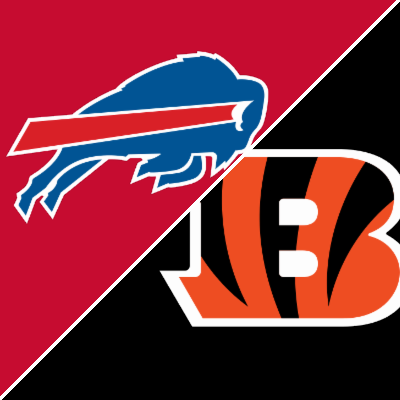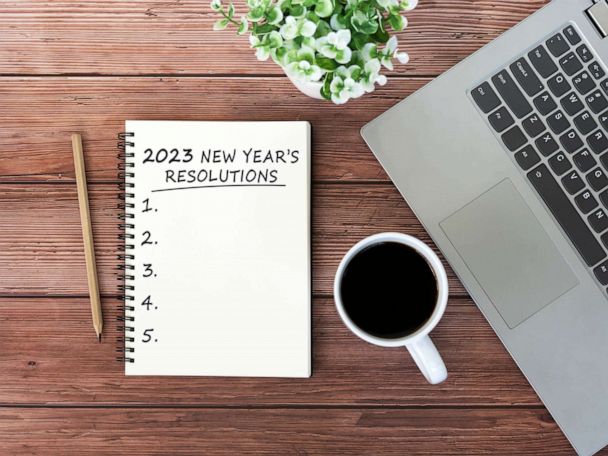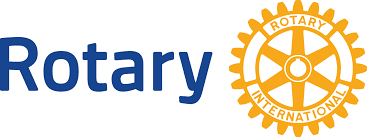 I don’t normally watch Monday Night Football, but I happened to be watching this week when a tragedy unfolded on the field in Cincinnati.
I don’t normally watch Monday Night Football, but I happened to be watching this week when a tragedy unfolded on the field in Cincinnati. A young Buffalo Bills player, Damar Hamlin, collapsed from a heart attack.
As I write this, he is still struggling for his life in an ICU. I hope and pray by the time you read this, he is doing better.
Within seconds of his collapse, medical personnel rushed onto the field and began CPR on Damar. A few minutes later, they pulled out an AED - a defibrillator - and shocked his heart back to a beating rhythm. He was dead, and they brought him back.
My first thoughts were for the young man and his family, then for his teammates, many crying as they watched this unfold. It was gripping and heart-wrenching like nothing we’ve ever seen on live TV.
Then I had a third thought: those trained paramedics who rushed onto the field used the same CPR and heart defibrillator techniques that common bystanders like you and me can learn. There’s nothing complex or magical about chest compressions to force blood flow to vital organs, or laying defibrillator pads on a chest and pushing a button to shock the heart back into action. You or I could do exactly what the paramedics did to Damar Hamlin, if we ever find ourselves as the trained bystander at the time of a calamity.
You just need the training to give yourself the confidence to act.
 So, you’re looking for a Rotary New Year’s Resolution? How about resolve to learn CPR (and defibrillator operation) at one of the classes our club is co-sponsoring this winter. It’s January 28 in Mount Vernon, and February 18 in Marion. Go to our club website and follow the links to get registered. (Or read more about it in this newsletter!)
So, you’re looking for a Rotary New Year’s Resolution? How about resolve to learn CPR (and defibrillator operation) at one of the classes our club is co-sponsoring this winter. It’s January 28 in Mount Vernon, and February 18 in Marion. Go to our club website and follow the links to get registered. (Or read more about it in this newsletter!)You’ll be joining fellow citizens from our communities to make them safer, healthier places. It’s a triple win: join a community activity, support our Rotary Club, and learn CPR from expert trainers for FREE.
Two final reasons to do this: First, early bystander CPR triples the chance of a positive outcome in a heart-related emergency. And second, it’s a fact that if you ever have to use your CPR skills the odds are it will be on a member of your own family. The life you save could be someone you love very much!
By: Gene Johnston
